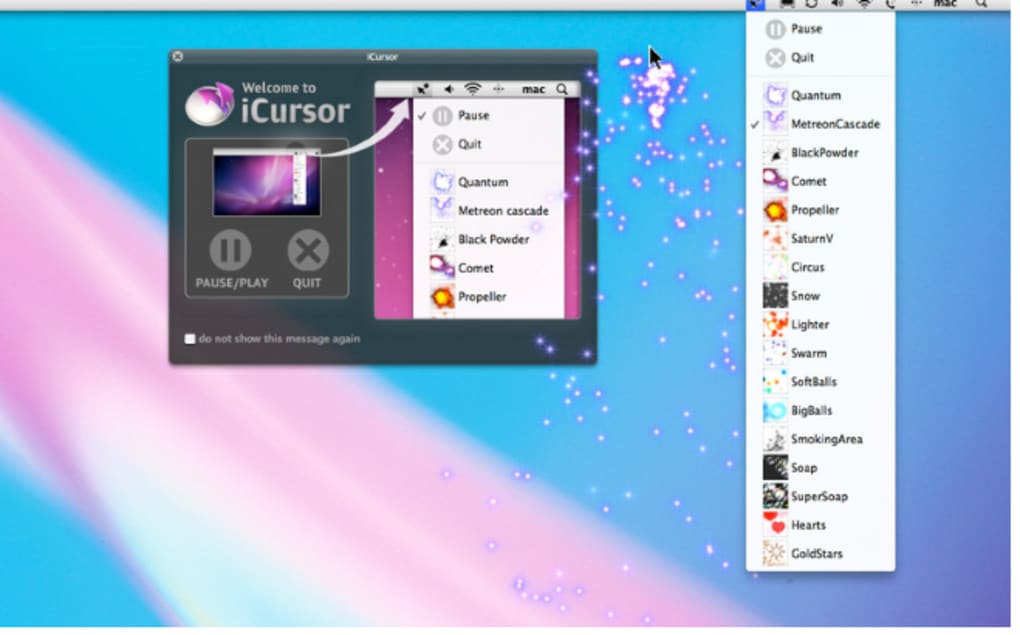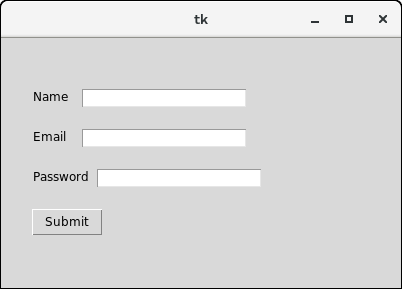
In addition, the Entry.GetCursorColor method can be used to retrieve the current cursor color. Ese código hace que varios widgets tkinter.ttk (Button, Checkbutton, Entry, Frame, Label, LabelFrame, Menubutton, PanedWindow, Radiobutton, Scale y Scrollbar) reemplacen automáticamente los widgets Tk. The Entry.SetCursorColor method, in the .iOSSpecific namespace, sets the cursor color to a specified Color.

The Entry.On method specifies that this platform-specific will only run on iOS. Using .iOSSpecific Įntry entry = new () Įntry.On().SetCursorColor(Colors.LimeGreen) It's consumed in XAML by setting the Entry.CursorColor bindable property to a Color: Īlternatively, it can be consumed from C# using the fluent API: using NET Multi-platform App UI (.NET MAUI) iOS platform-specific sets the cursor color of an Entry to a specified color. _popup(event.x_root, event.y_root)įor command, callback in bindings.This. nu_background = ('TScrollbar.thumb', 'background') Popup.add_command(label="Delete", command=self.clear) Popup.add_command(label="Paste", command=lambda: self.event_generate('')) Popup.add_command(label="Copy", command=lambda: self.event_generate('')) Popup.add_command(label="Cut", command=lambda: self.event_generate('')) Popup.add_command(label="Select All", command=lect_all) Opts = dict(('Treeview', 'background'))īackground = ('Treeview.Heading', 'background') Self.button_ok = ttk.Button(frame, text="Okay") Id like to create an Entry with Tkinter where the user can type its telephone number and the text dynamically changes in order that once finished it becomes like +34 1234567890. Self.button_cancel = ttk.Button(frame, text="Cancel", width=8) Self.button_skip = ttk.Button(frame, text="Skip", width=8) Self.button_rename = ttk.Button(frame, text="Rename", width=8)
If you want to change the cursor for an area of the root window, you can use theSecond, change the cursor to busy using the cursor parameter.

ENTRY ICURSOR WINDOWS
(sticky=tk.N+tk.EW, pady=(0, 10), row=0, column=0) First, set the width and height of the root windows to 300×300. Self.label = ttk.Label(frame, text=message) (0, weight=1)įrame = self.row0 = ttk.Frame(ntainer) Message = kwargs.pop('message', 'No Message!')

('TCombobox', selectbackground='#0081c1')įieldbackground=, ('Treeview.Heading', padding=tv_heading_padding, borderwidth=tv_heading_border_width) Row_height = self.linespace + tv_line_padding There are other more complicated forms, like text.markset(Tkinter.INSERT, '1.0 +100 chars') which goes to the hundreth char (counting newlines). row 5, where columns start at 0 and the first line is 1. If platform = "linux" or platform = "linux2":įont = tkfont.nametofont('TkDefaultFont') Use text.markset(Tkinter.INSERT, '5.2') to move the cursor to column 2 in. Self.protocol('WM_DELETE_WINDOW', self.exit) Would like some feedback on how well it works and if it's intuitive or not.ĪBS_PATH = path.dirname(path.realpath(_file_)) I have subclassed tkinter treeview object added many features like cut,paste etc and context menus to insert rows, delete etc.


 0 kommentar(er)
0 kommentar(er)
